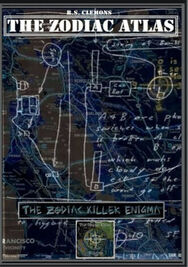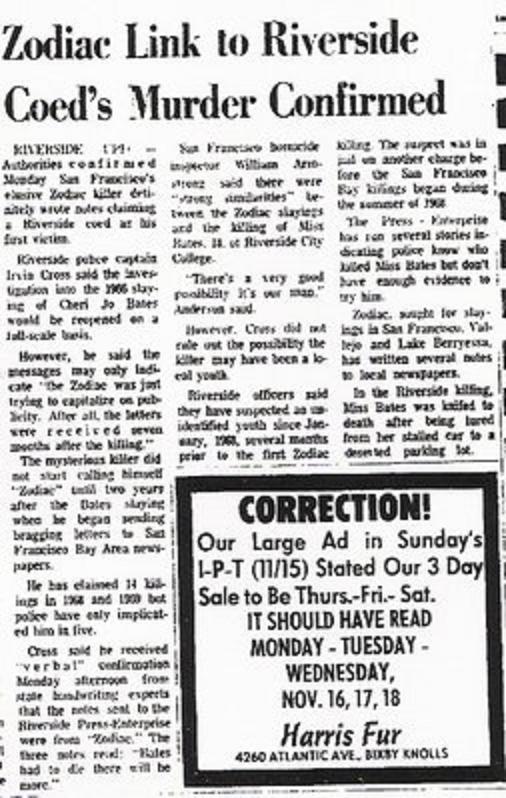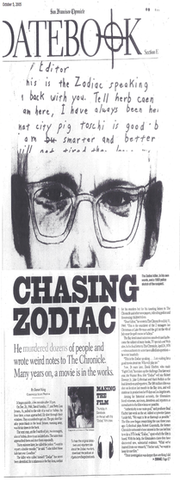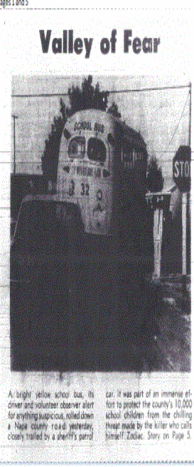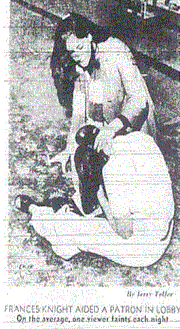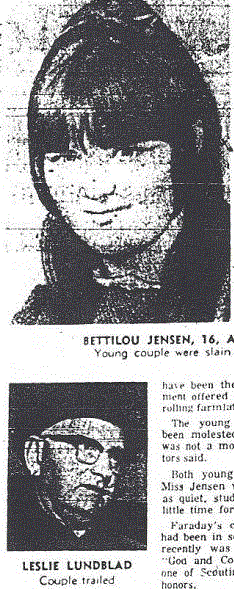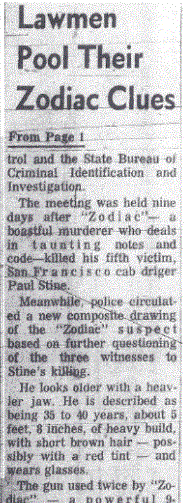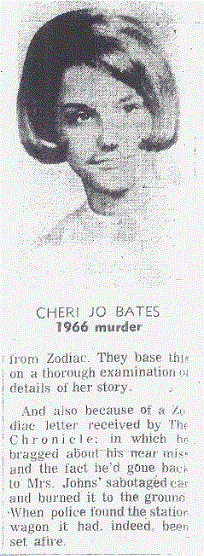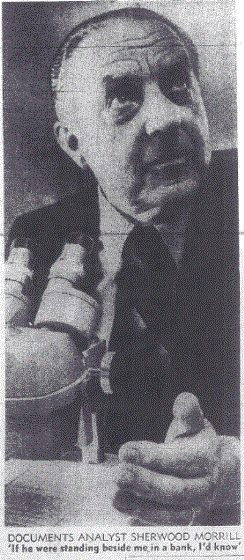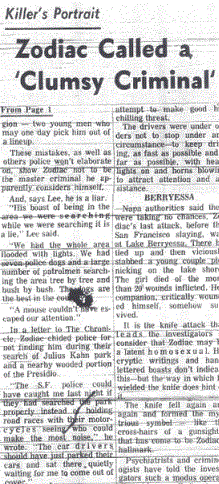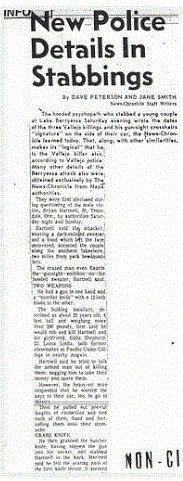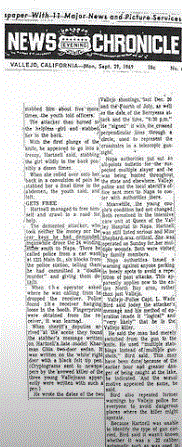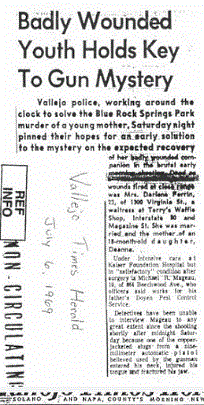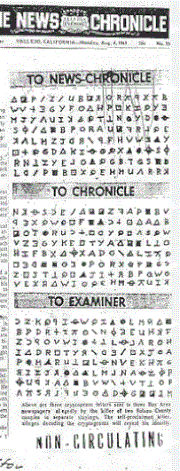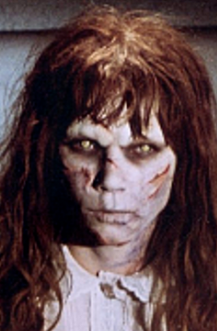
One might expect a running theme between the message in "The Exorcist" film and "The Mikado" verse, other than they are two forms of entertainment. Why did the Zodiac Killer choose to blend these seemingly strange bedfellows? The Exorcist movie was about the demonic possession of a young 12-year-old girl and the battle between good and evil, therefore we have to consider a possible connection to this and the chosen phrase from Tit-Willow.
The origin of suicide's grave can be found in the then anonymous writings of James Hogg in 1824, a Scottish poet, novelist and essayist who published The Suicide's Grave: The Private Memoirs and Confessions of a Justified Sinner. "The plot concerns Robert Wringhim, a staunch Calvinist who, under the influence of the mysterious Gil-Martin, believes he is guaranteed Salvation and justified in killing those he believes are already damned by God. The novel has been classified among many genres, including gothic novel, psychological mystery, metafiction, satire and the study of totalitarian thought; it can also be thought of as an early example of modern crime fiction in which the story is told, for the most part, from the point of view of its criminal anti-hero. The action of the novel is located in a historically definable Scotland with accurately observed settings, and simultaneously implies a quasi-Christian world of angels, devils, and demonic possession. James Hogg's brief cameo role in the final pages of the novel is effectively his "signature" appended to the otherwise anonymous original publication. Wikipedia.
Emma John of The Guardian writes "If you think that the best response to religious extremism is to laugh at it, then James Hogg's most famous work, published in 1824, demands your full attention. A tale of demonic possession, it is also a caustic comedy, skewering the religious bigotry that existed among the era's Scottish Reformers".
The Zodiac Killer appeared to be a well-read individual with a penchant for the historical, so was the choice of The Exorcist movie and the "Suicide's Grave" reference another example of look long enough and you will find, or was the Zodiac Killer manufacturing his communications carefully and creatively, with meaning behind his madness?
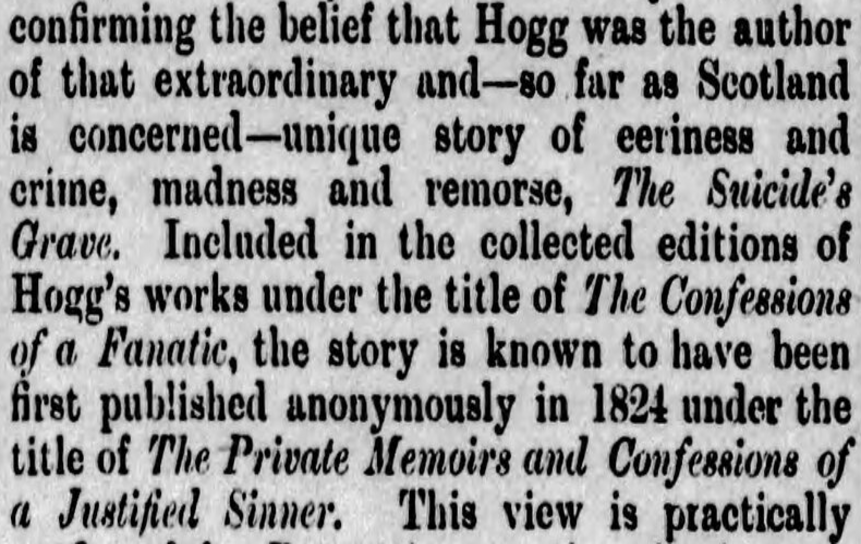




 RSS Feed
RSS Feed



